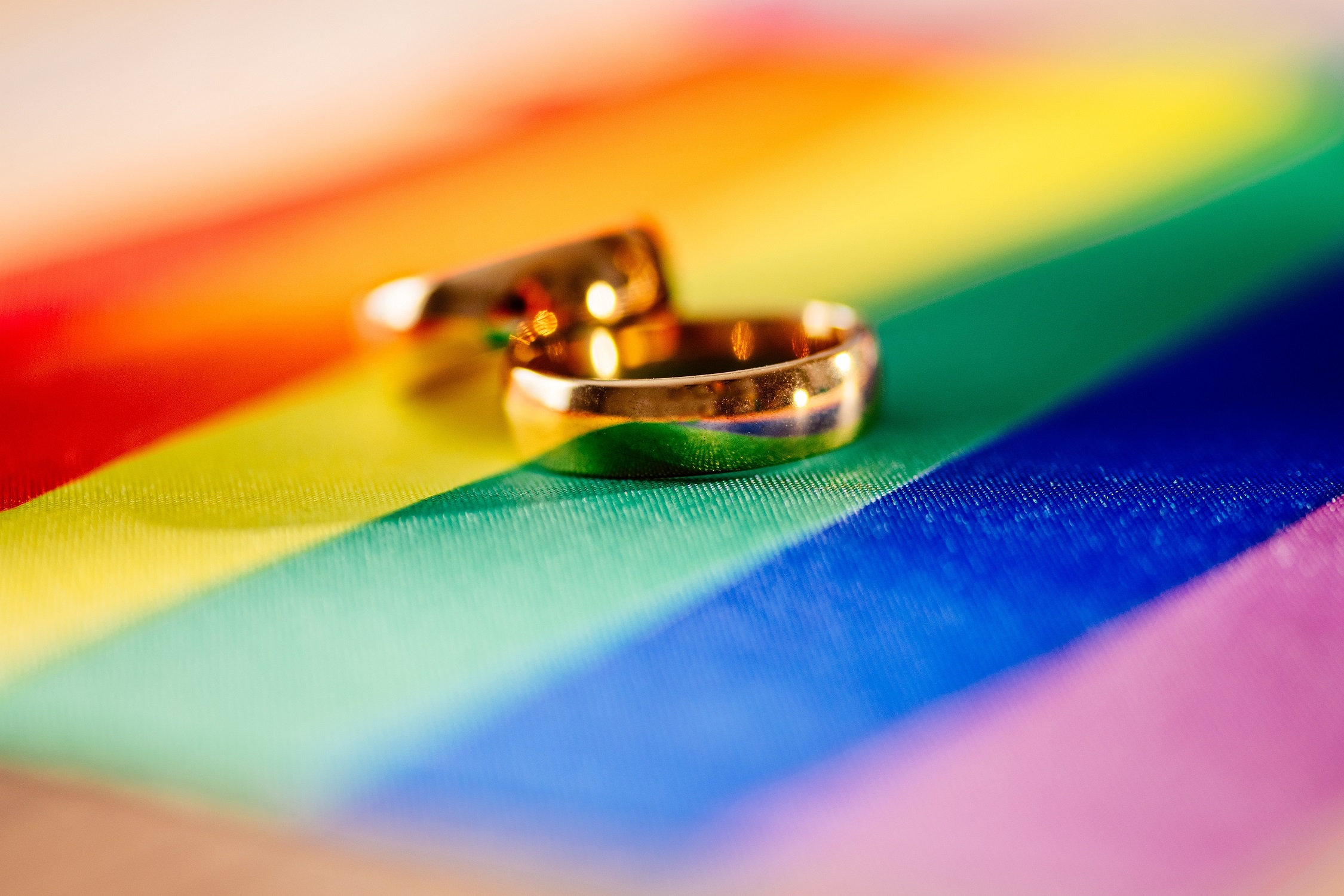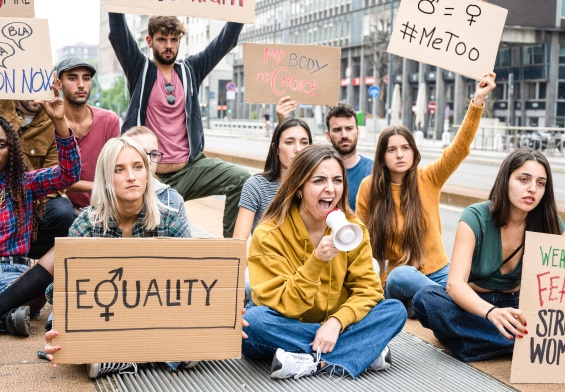LGBTQ+ rights have had a huge impact on workplaces, especially with the recognition of gay marriage. This article will discuss the legal implications of gay marriage in the workplace, exploring legal protections, benefits, and the cultural shifts within organizations.
Legal LGBTQ+ Workplace Protections
The legal LGBTQ+ workplace protections have seen tons of progress in recent years. A big part of this was the Supreme Court’s decision in Bostock v. Clayton County, which expanded the Title VII protections in the Civil Rights Act of 1964 to include sexual orientation and gender identity. This ruling was a dramatic step towards preventing employment discrimination against LGBTQ+ individuals.
The Equal Employment Opportunity Commission (EEOC) also plays a large role in enhancing workplace LGBTQ+ workplace protections. Their guidance now covers additional issues like misgendering and discrimination regarding gendered bathroom access. This expansion makes sure that LGBTQ+ employees are protected from several forms of workplace discrimination, making the work environment more inclusive.
Workplace Benefits and Policies
Historically, many companies offered domestic partner benefits to same-sex couples before gay marriage was legalized. This shift toward spousal benefits became more and more common as more and more states legalized same-sex marriage. In fact, 83% of Fortune 100 companies and 59% of Fortune 500 companies now extend their workplace benefits to both same-sex and heterosexual domestic partnerships.
That being said, there are still numerous challenges remaining. For example, the federal tax code doesn’t recognize same-sex spouses, which leads to tax disparities. Some progressive employers get around this issue by “grossing up” their LGBTQ+ employees’ compensation to make up for the additional taxes on partner or spousal benefits. The purpose of this adjustment is to keep same-sex couples on an equal footing with their heterosexual counterparts, demonstrating how important equitable HR policies really are.
Cultural and Organizational Shifts
Inclusion and equity have become foundational parts of workplace policies as organizations try to create a supportive environment for their LGBTQ+ employees. Many companies are changing their HR policies to keep their workspaces fair and free of workplace discrimination. These changes come about because companies need to stay compliant with legal requirements while fostering a diverse and inclusive workplace.
For example, the documentation requirements for spousal benefits have historically been stricter for same-sex marriage benefits than for opposite-sex couples. Typically, same-sex couples would need to provide proof of their marriage, while heterosexual couples would not. However, some states like California have mandated that employers treat registered domestic partners and legally married spouses equally, taking huge steps to reduce this disparity. These changes reflect a growing recognition of the need for fair and inclusive practices.
Challenges and Future Directions
Even though significant progress has been made, there are still some persistent inequities. One massive challenge is the inconsistency in recognition of same-sex marriage benefits across different states. As Samir Luther from the Human Rights Campaign Foundation points out, employees moving between states with different laws must navigate an incredibly complex landscape of benefits and documentation requirements.
In the future, LGBTQ+ workplace protections for employees are pretty likely to involve continued legislative efforts and evolving societal attitudes. Potential legislative changes, such as the passage of the Employment Non-Discrimination Act (ENDA), could cement protections for LGBTQ+ individuals further. Additionally, the younger, more progressive generations are entering the workforce, so cultural shifts towards greater acceptance and inclusion are expected to keep going.
The Impact of LGBTQ+ Workplace Protections
The recognition of gay marriage has caused significant changes in workplaces around the country, from legal protections to the extension of benefits and the promotion of inclusive policies. While tons of progress have been made, there are still ongoing challenges and inequities that shine a spotlight on the need for continued efforts to ensure full equality for LGBTQ+ employees. By proactively updating their policies and practices, businesses can play a huge role in keeping a fair and inclusive work environment for all their employees.




